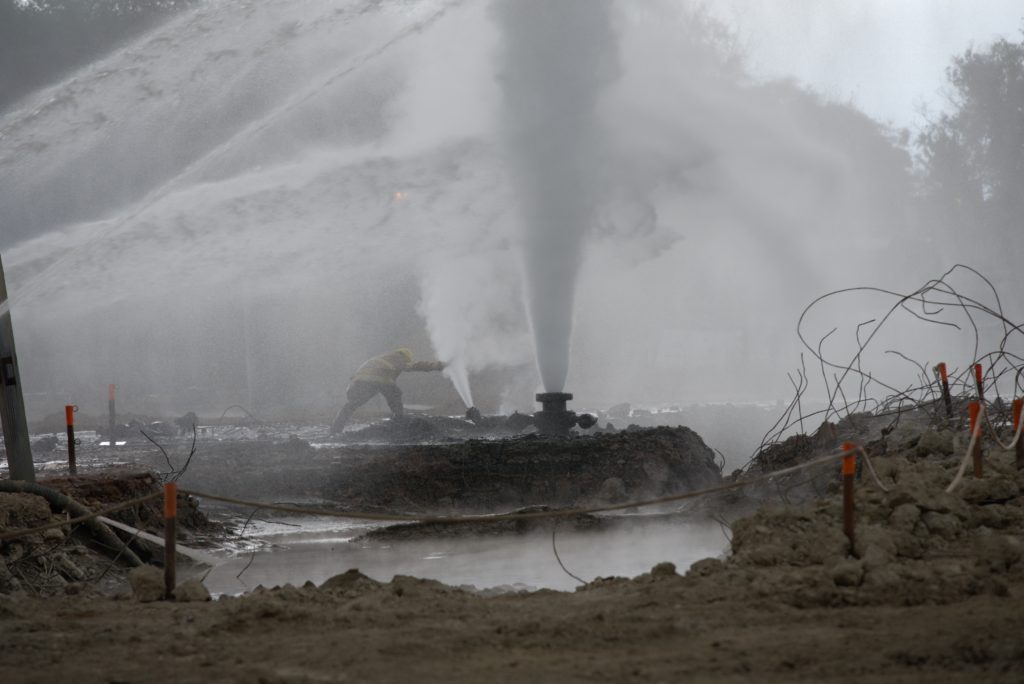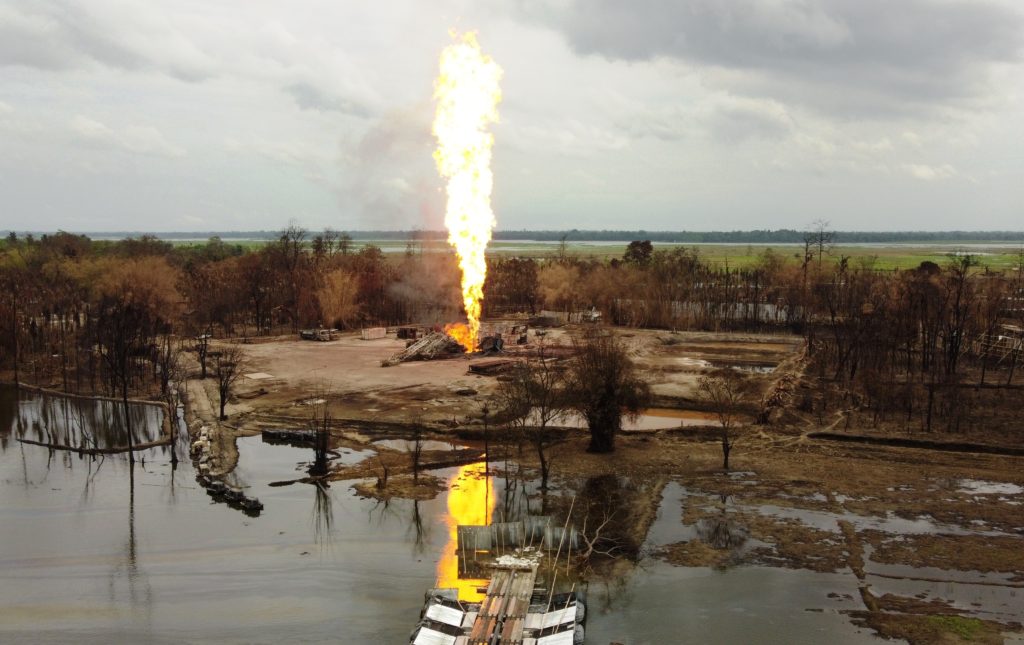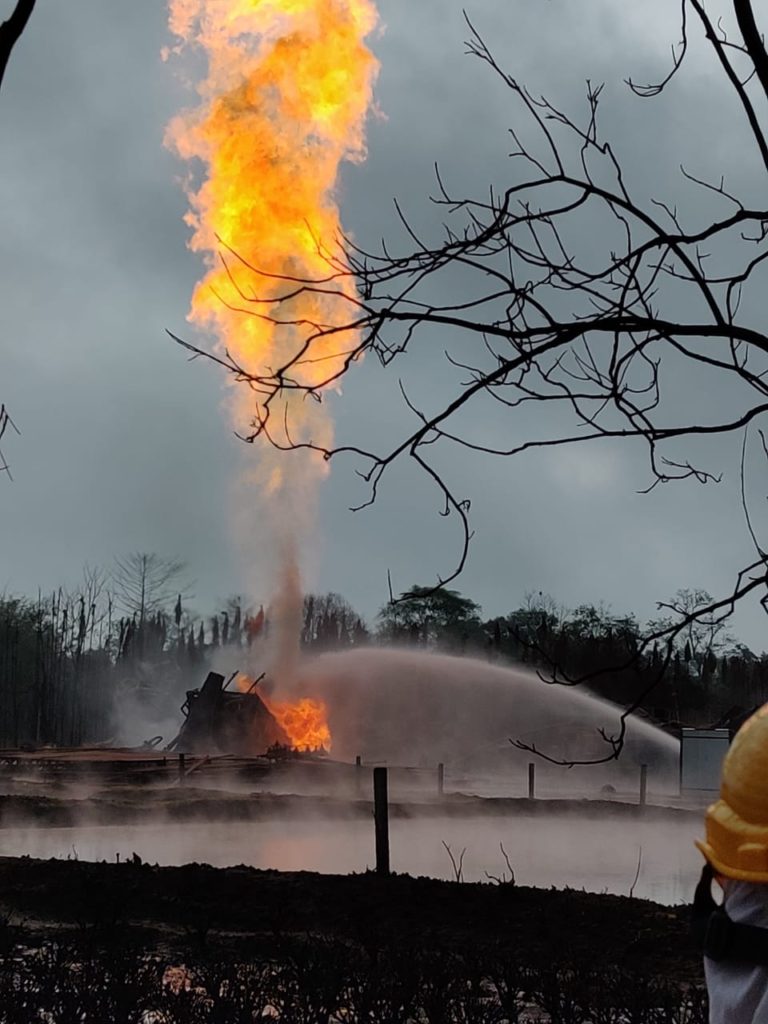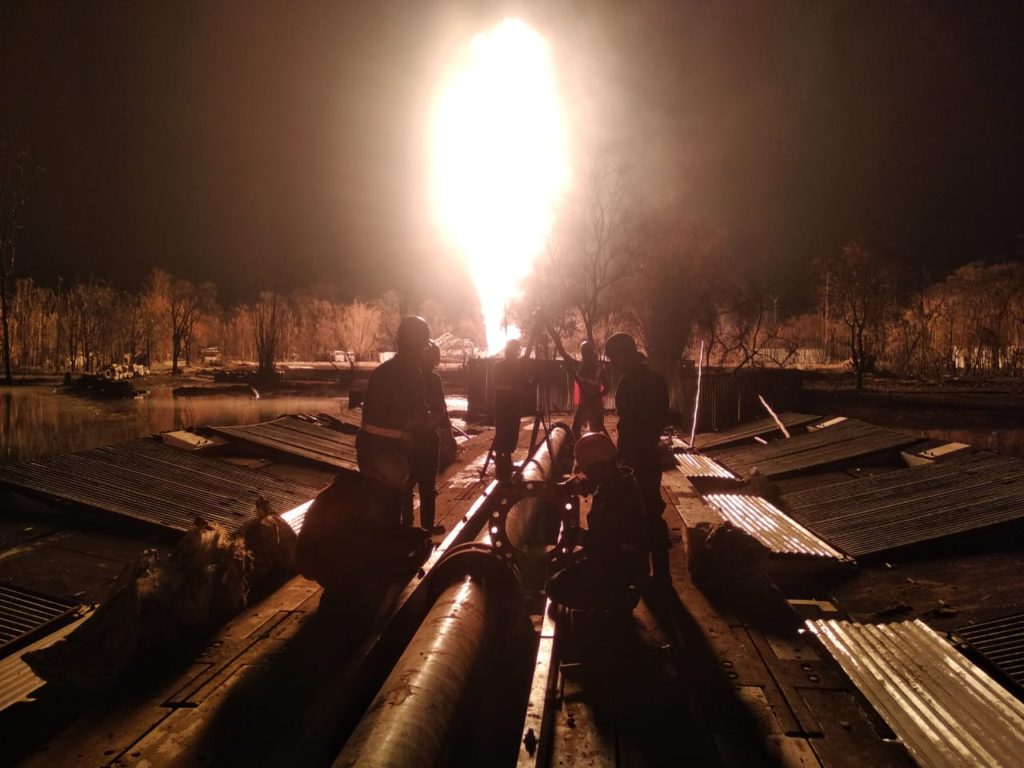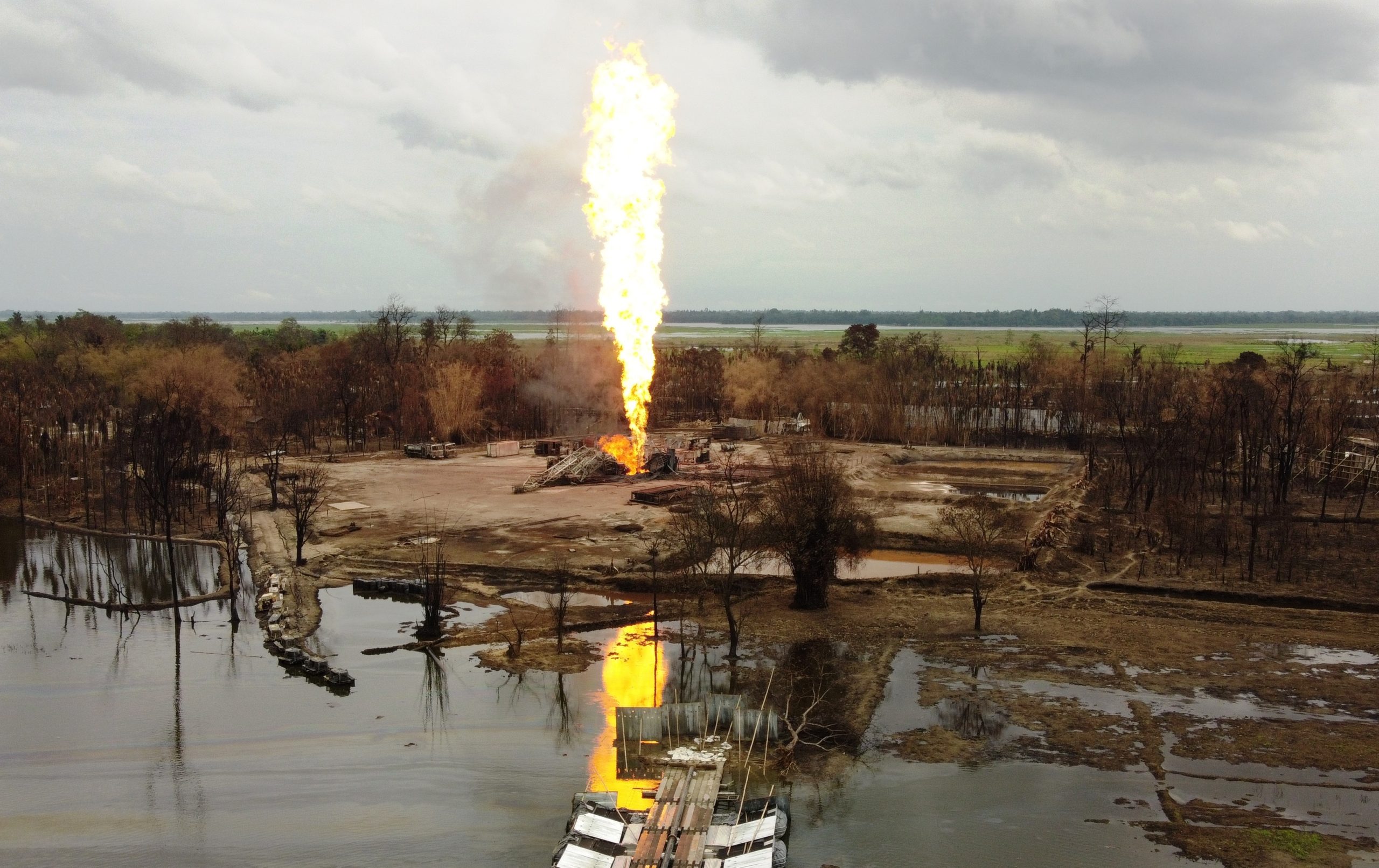
172-Day Baghjan Ordeal: A Visual Narrative of One of India’s Longest Gas Well Blowouts
Team TNE
Blowouts in gas and oil wells are not an uncommon phenomenon in Assam. But the burst at Baghjan lasting for as many as 172 days was certainly unprecedented that compelled operating firm Oil India Limited to avail the services of foreign experts to douse the inferno. From May 27 when the well began spewing natural gas until its end on November 15 when the inferno was finally doused, the crisis went through several phases triggering tragedies, expected episodes, controversies and emergency measures by OIL to come to grips with the situation.
